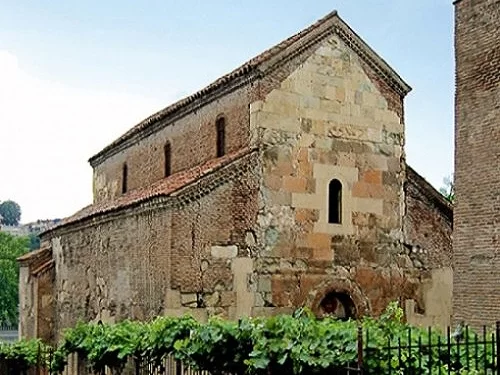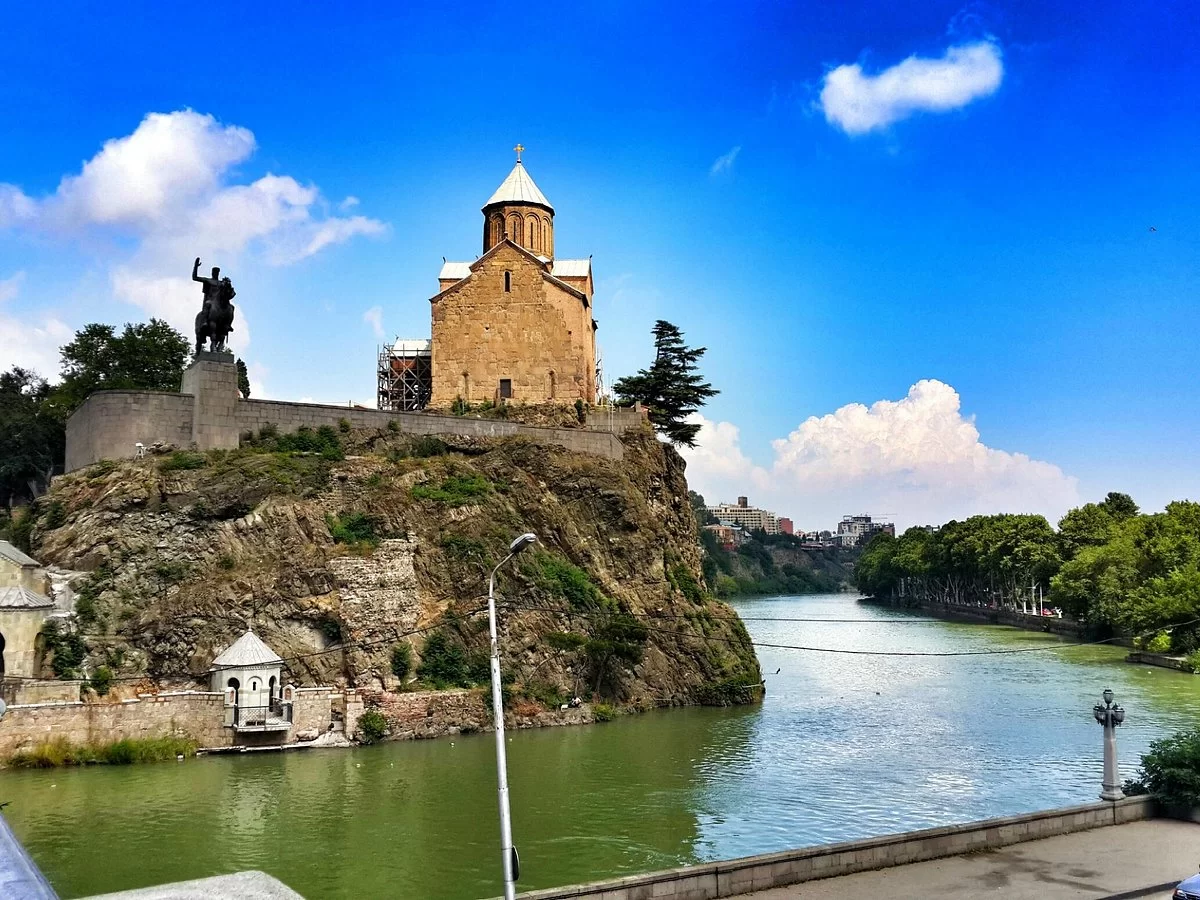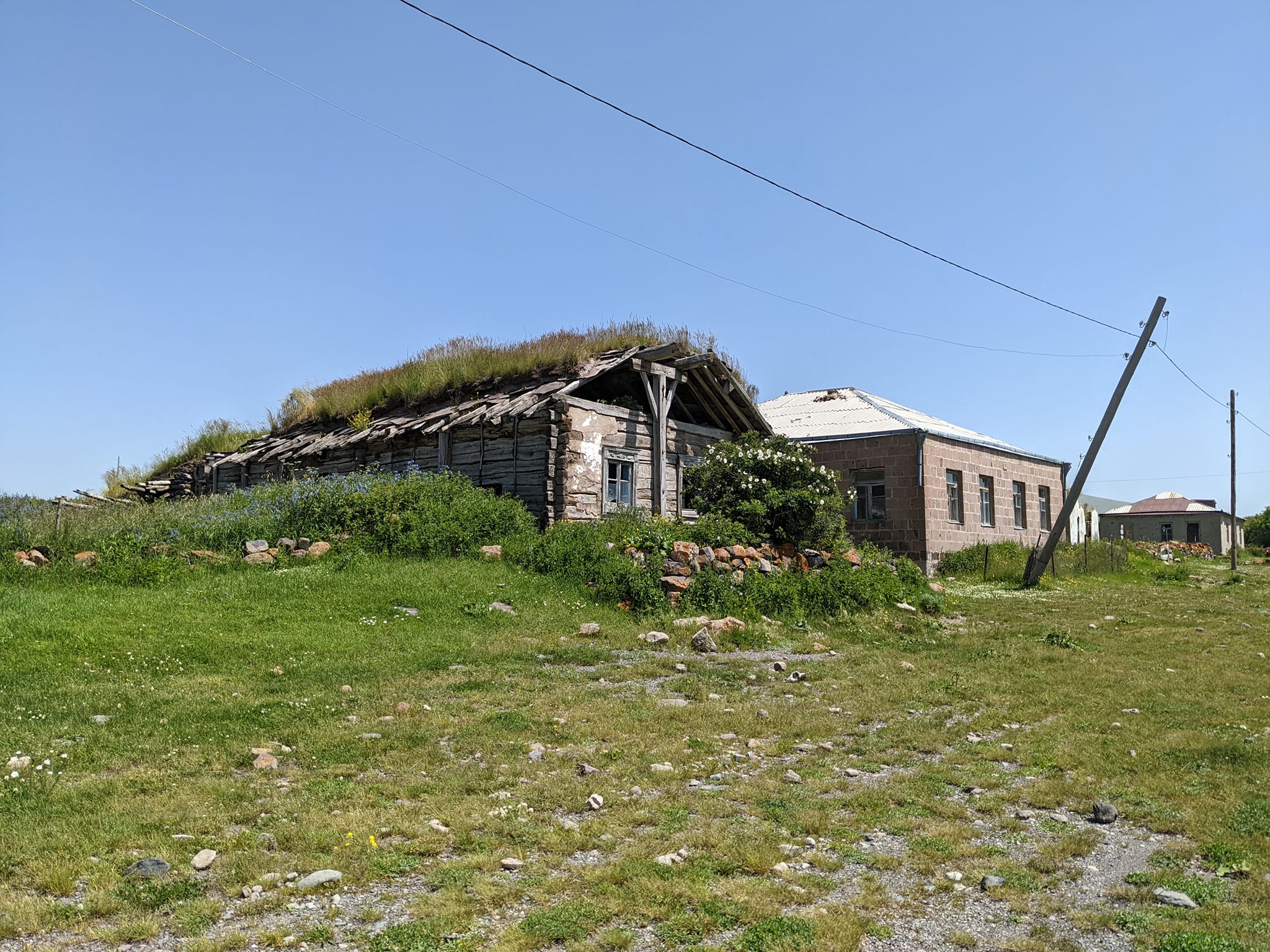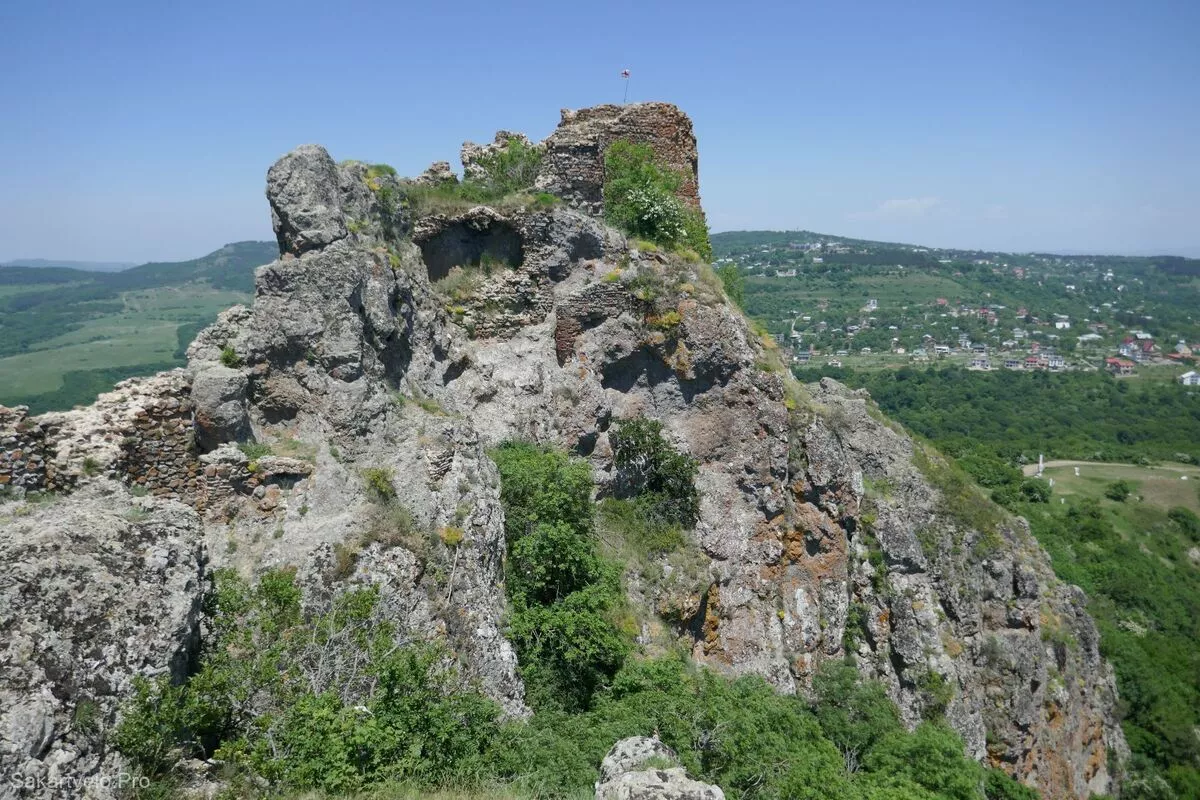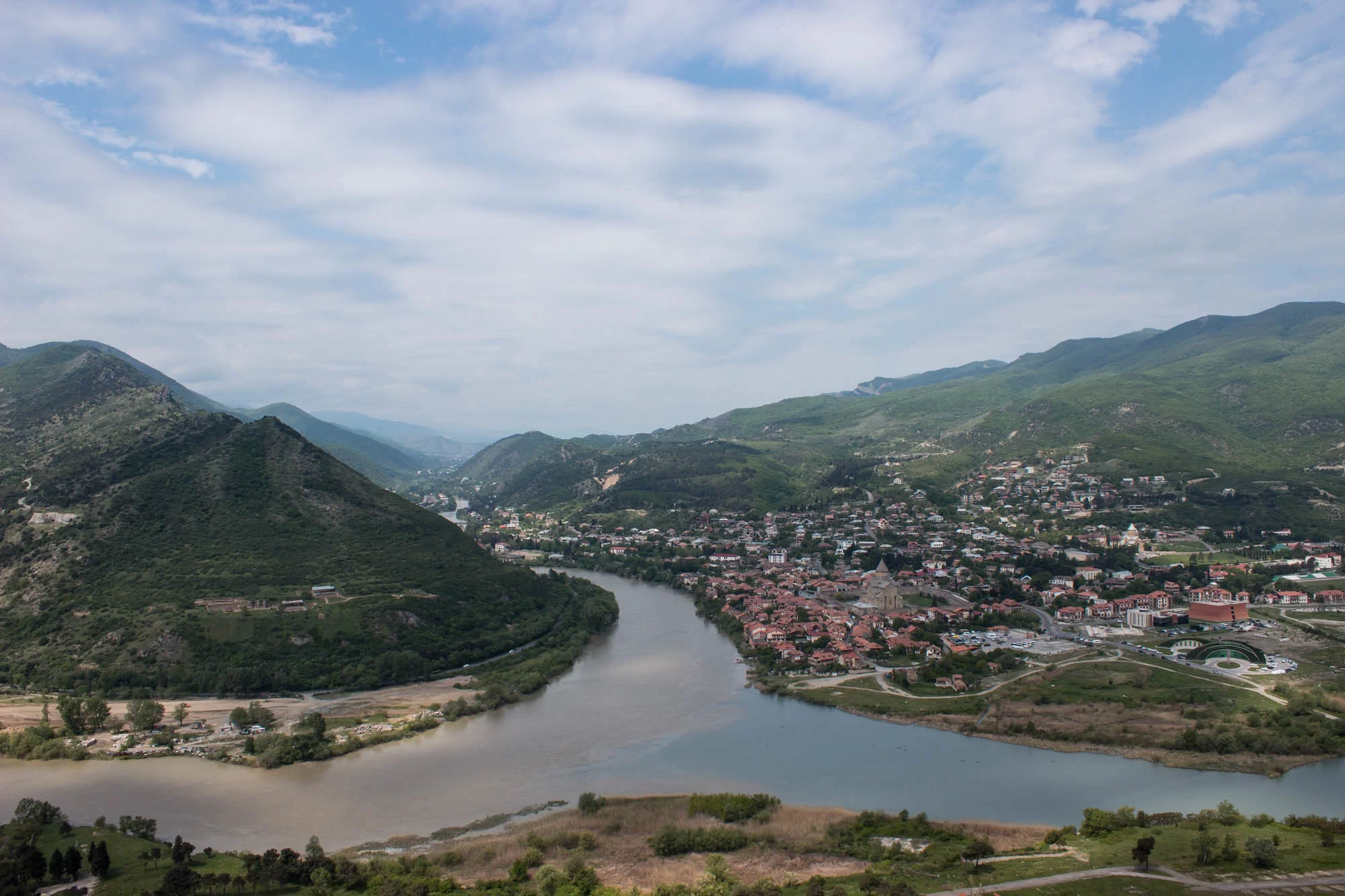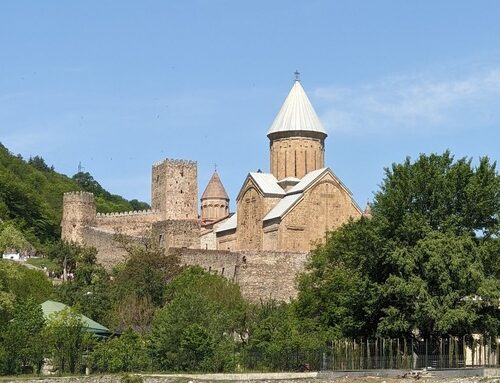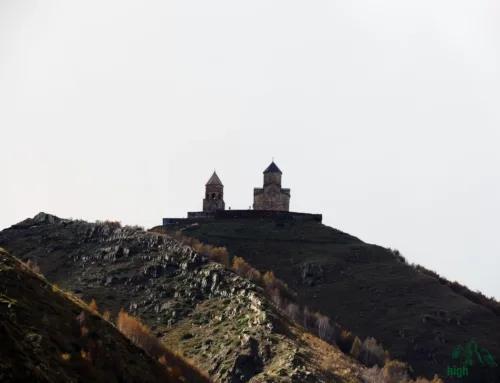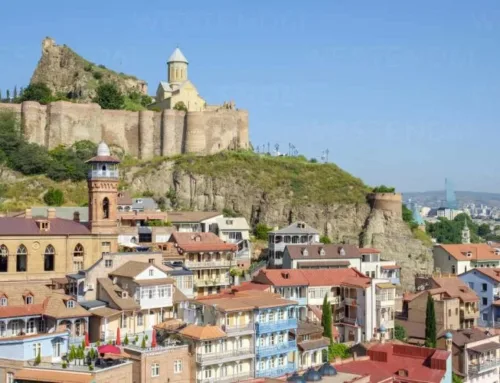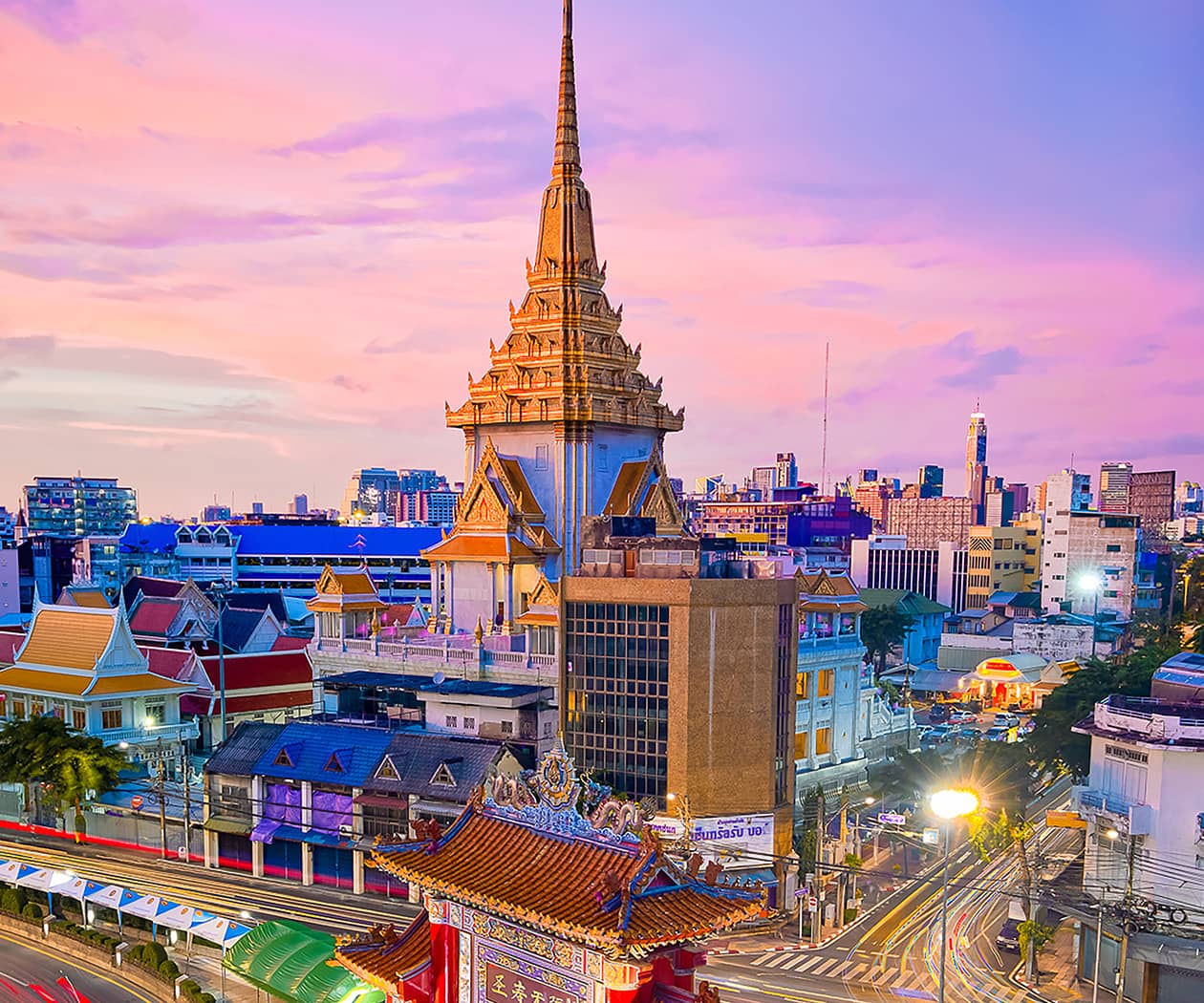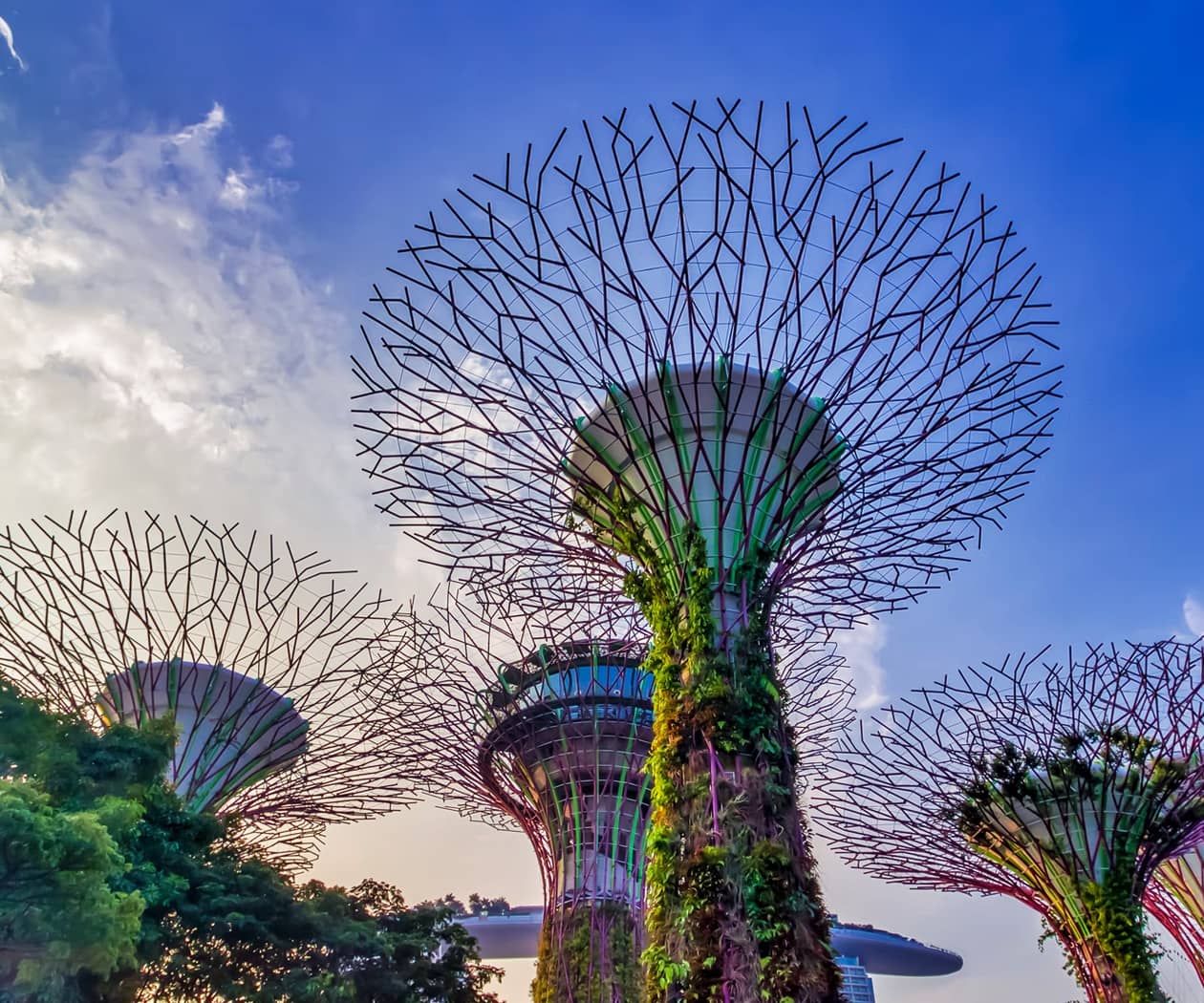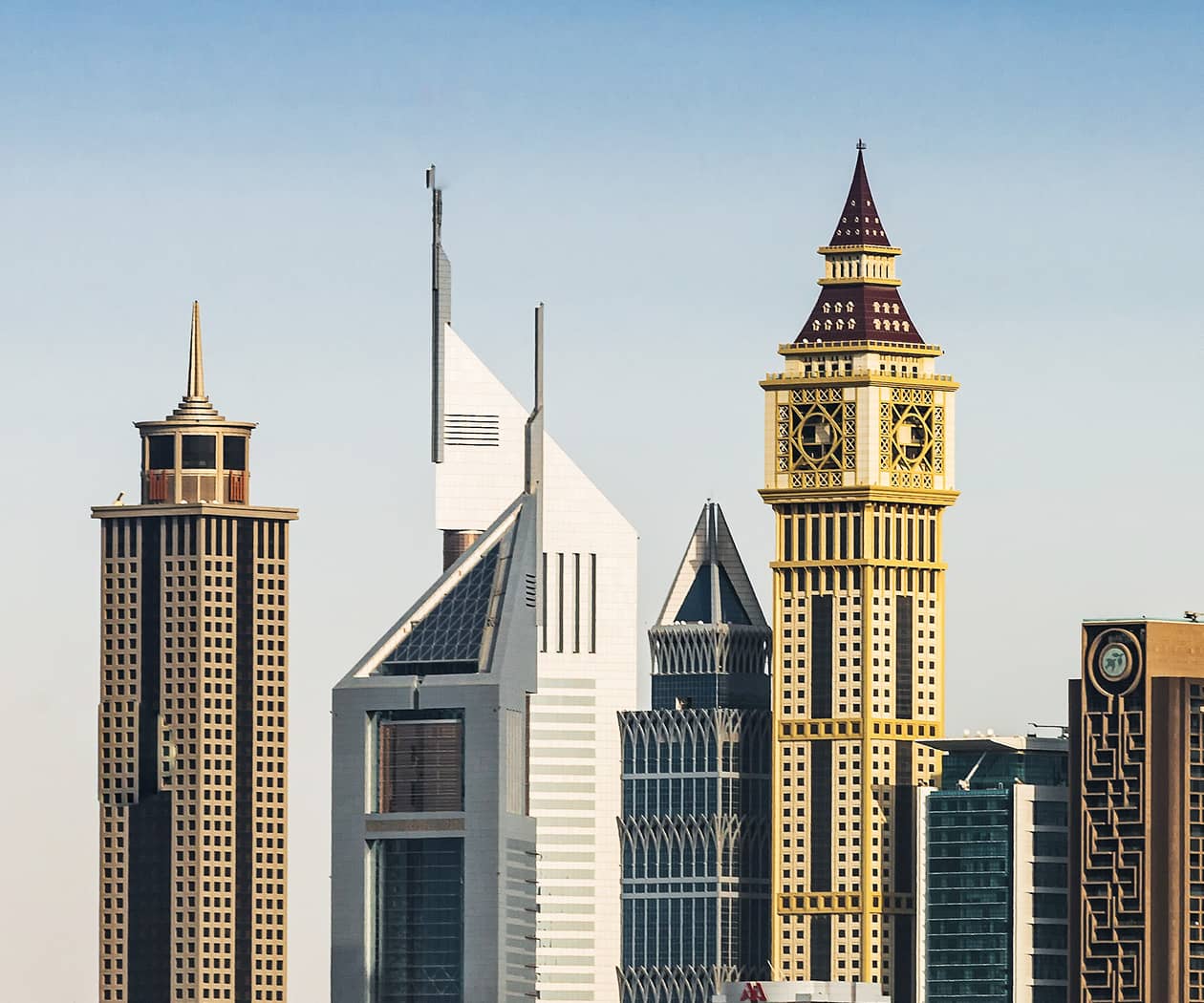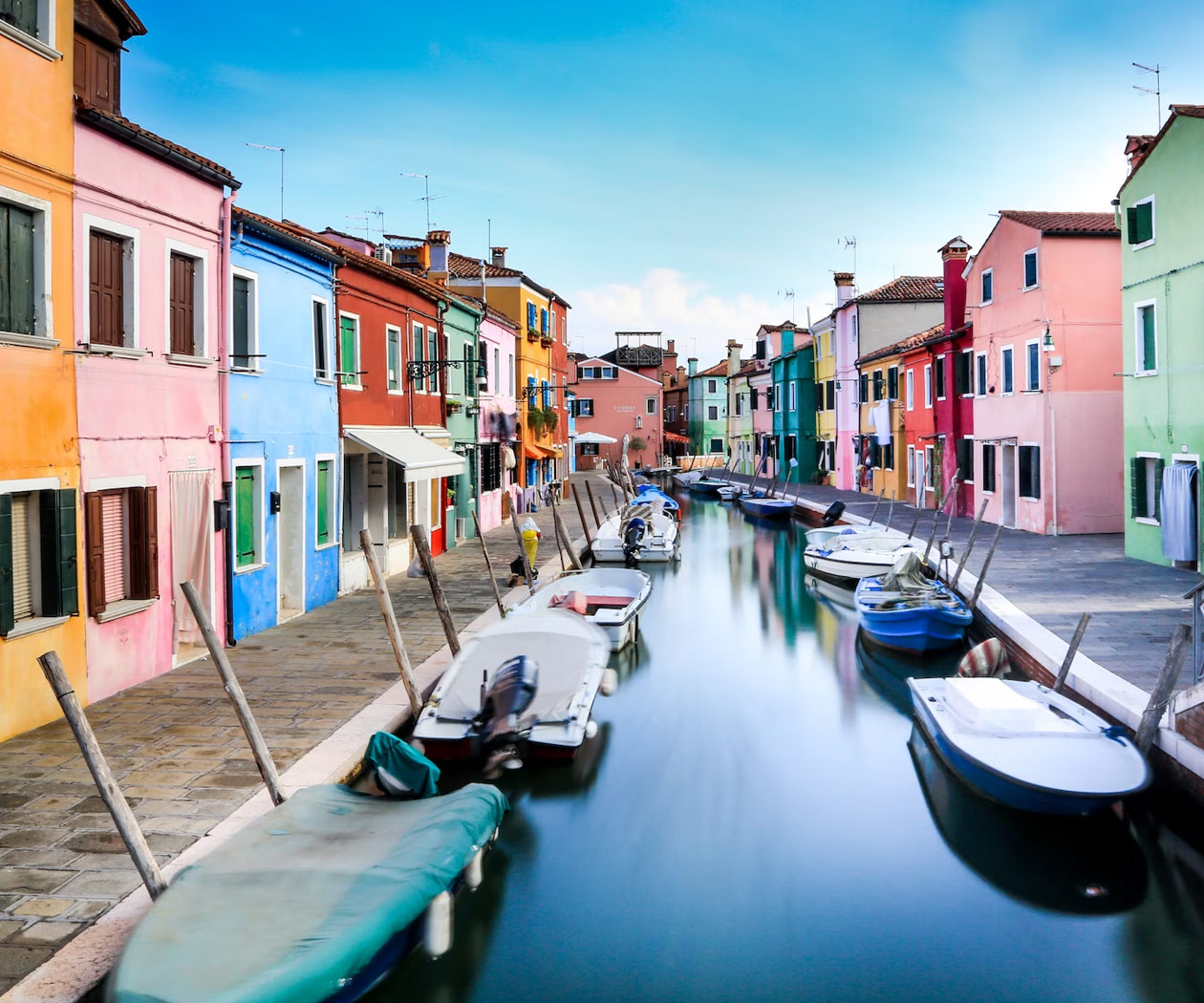Sioni
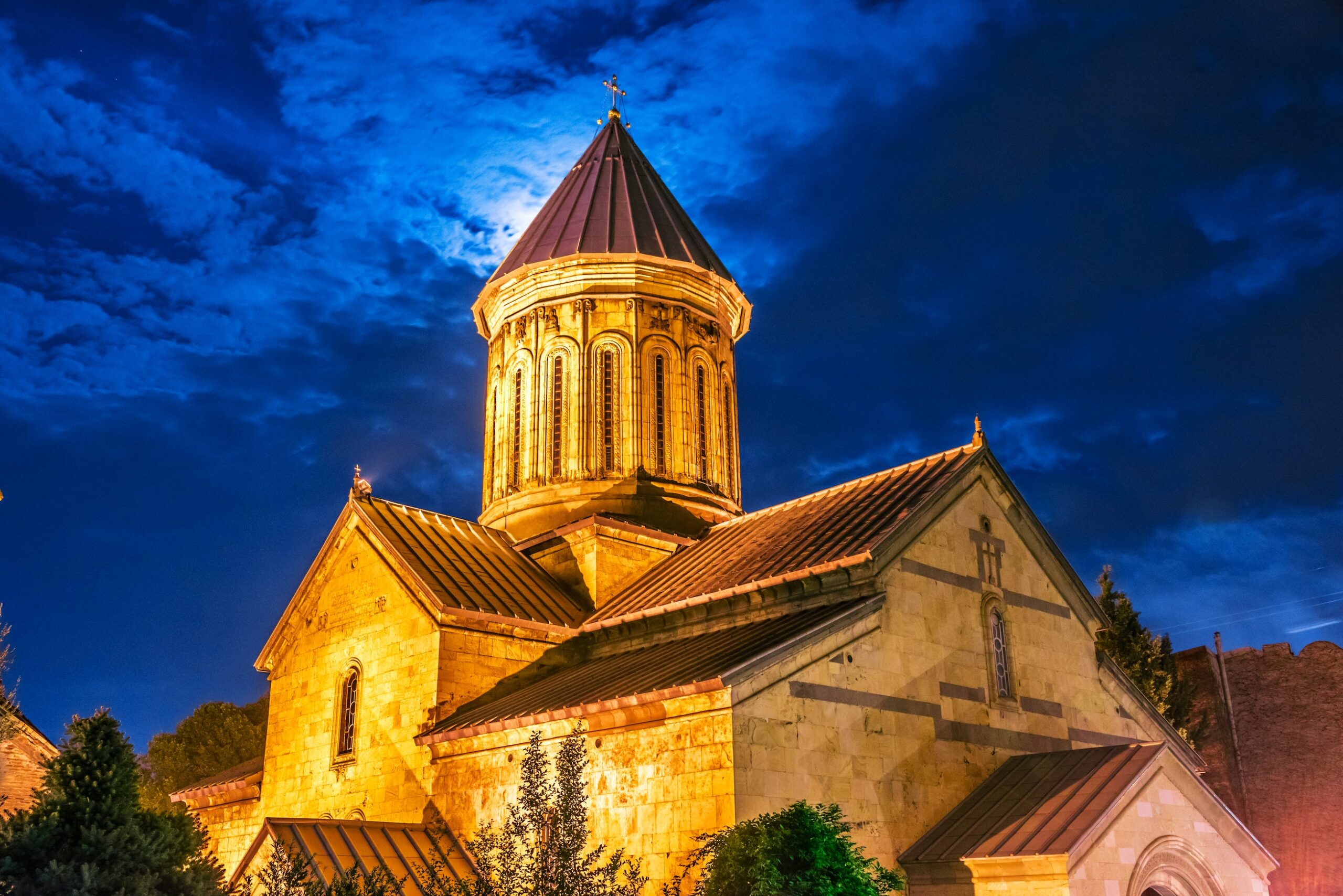
Sioni is Tbilisi cathedral temple. Built-in the name of Dormition of the Mother of God in the Old City, on the river bank, it has been destroyed several times, the most devastating of which took place in 1225, during the invasion of Khorezmians.
Apparently, the original building was built sometime in the turn of VI-VII cc. The current building has got the “recorded cross” configuration. From the outside it is a rectangular construction with arms extending from the dome, thus making the shape of a cross. Arms are covered by two-pitched roofs, while the lower sections between them have got single-pitched covers. The dome is rested on one pair of columns and apse edges.
The internal layers of the temple are built of brick. Arches, typical for Islamic architecture are of later times, possibly of XVI-XVII cc., apparently contemporaneous with restoration activities, launched by King Vakhtang VI in 1710 when the dome and upper sections of the building were faced with nearly hewn yellow tuff adorned with fretwork and risings. As for the lower sections they were faced in XIX c with the same rock but in a totally different character.
The early XIX c. is one of the milestones in the history of Sioni Cathedral – one of the greatest sacred objects of the Georgian Orthodox Church – the cross of st. Nino – the convertor of Georgians – made of vine rods tied with her own braid – for some time kept in Russia – was returned back to Georgia and rested with honors in the Cathedral.
The sanctuary, arms, and dome of the Cathedral are covered with paintings performed in 1850-ies by a famous Russian military and artist Gregory Gagarin, who also was the author of the sketch of the iconostases, designed in the Byzantine style. It had stood in the temple until 1980-ies consequently being replaced by a stone arcaded one, traditional for Georgian art. At the same times, well-known Georgian artist Levan Tsutskiridze painted the inner arm spaces of the cathedral interior. Slightly earlier, during the restoration activities, the southern brickwork chapel was faced with stone slabs. This chapel rebuilt in XVII c. by Archbishop of Tbilisi Elyse, was restored according to the remains of the earlier, XIII-century chapel.
Several graves of outstanding persons are arranged within the Cathedral. All patriarchs of the Georgian Orthodox Church late after 1917 are buried here as well.
You can visit Sioni church during our Tbilisi city tour.

